Long-term test: Microsoft Xbox One review
Its most ambitious features still aren't perfect, but the updated Xbox One is now a great console
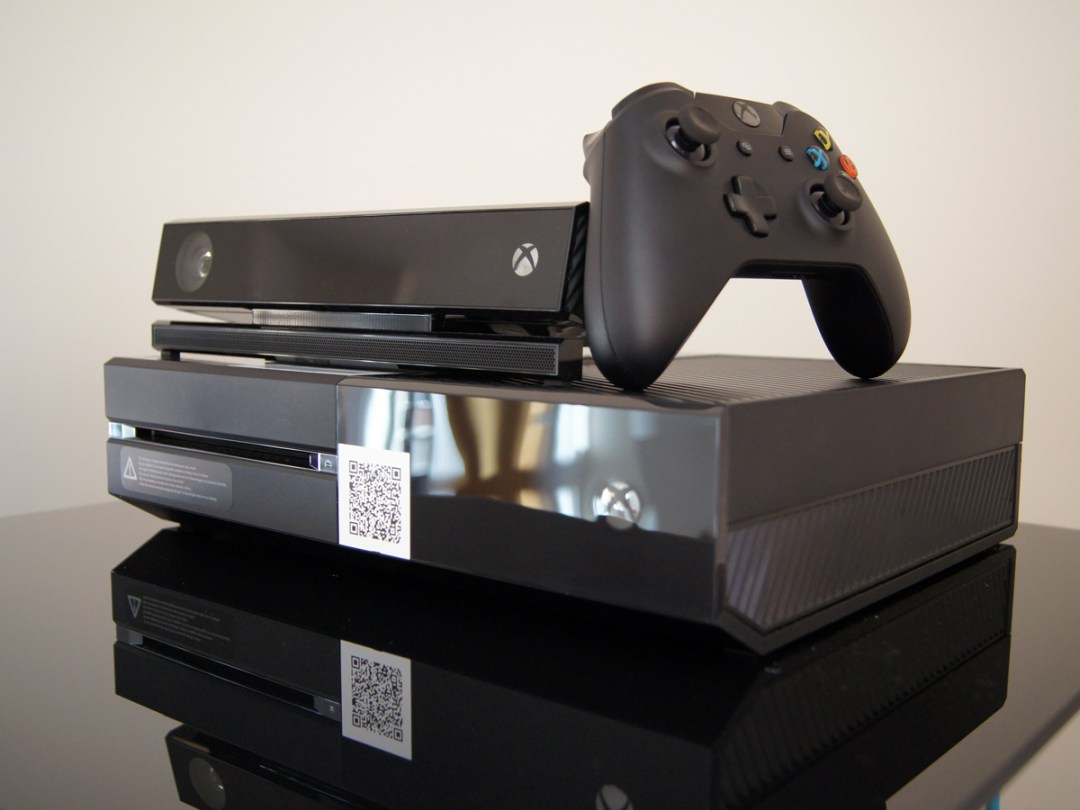
Calling the launch of the Xbox One a bit of a false start would be going rather easy on Microsoft.
There was Kinect, which nobody wanted but which was bundled into every box for an £80 premium. There was the TV integration, which wasn’t only unpopular but which also didn’t work anywhere near well enough in the UK. And there was a performance deficit when comparing the same games against the PS4. Needless to say, the Xbox One has been losing out to the PS4 in sales ever since.
But that was eight months ago, and the Xbox One of August 2014 is very different to the Xbox One of November 2013. All of the flaws have been tackled to one extent or another. Most significantly, Kinect is now out of the deal – that’s allowed Microsoft to drop the price to a PS4-matching £350 and has released enough extra power for developers to make their games look and play better.
The ambition has been pared back then, but there’s a renewed focus on perfecting the basics. Does that make it a better console than it was? And even more importantly, is it now as good as or even better than the PS4? Continue reading this fully upated review to find out.
Design: a face only a mother could love


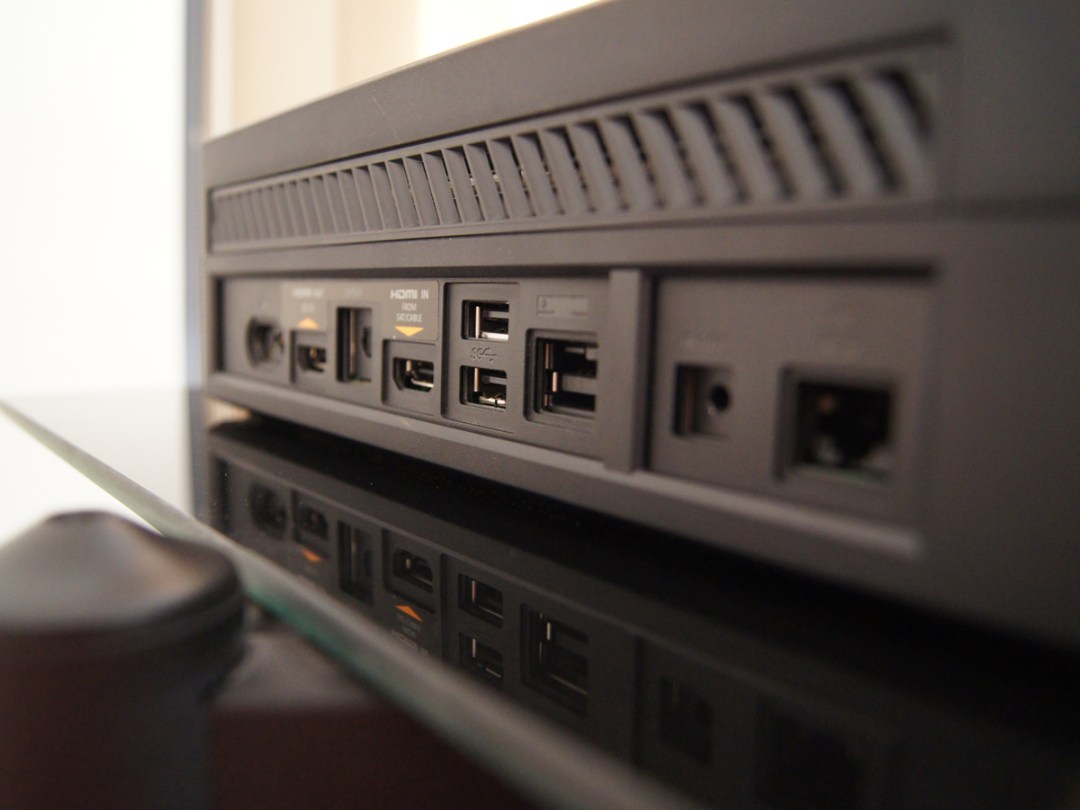
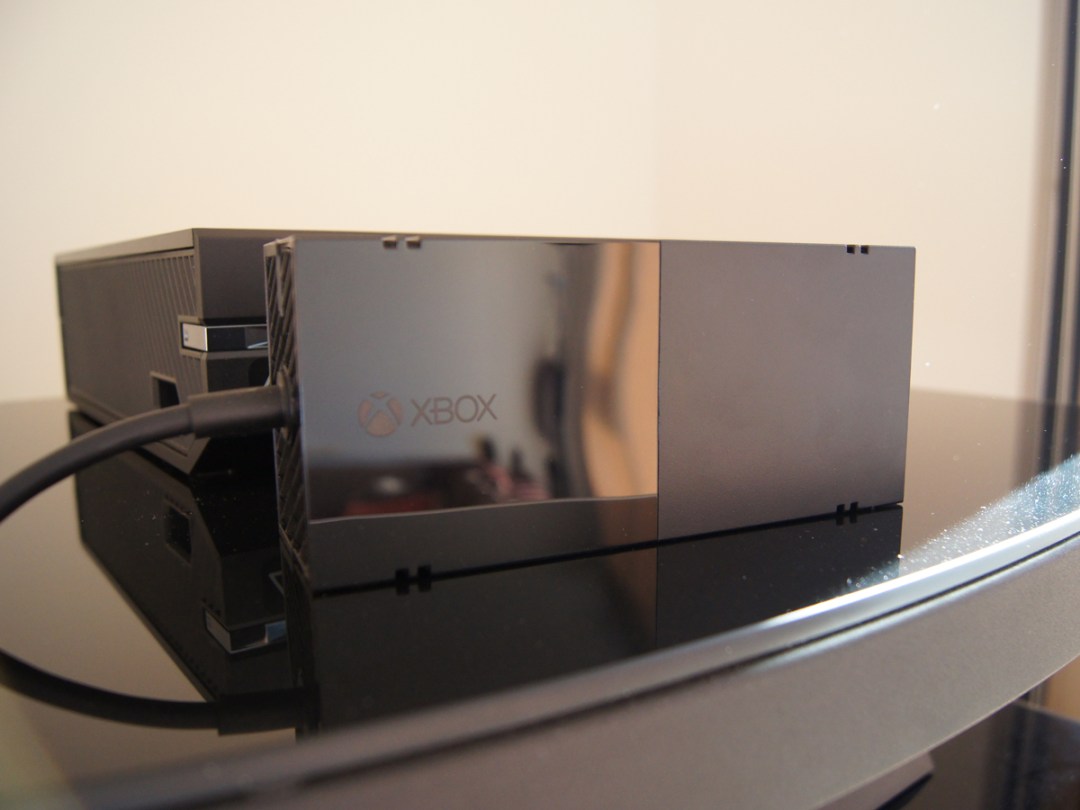
Not everyone will love the design of the PS4, but at least it looks like it has been designed, rather than simply shoved into the case of a VCR from the ’90s. Exaggeration? Ok, but the One is a big angular box of a machine that no-one’s going to appreciate for aesthetic reasons.
The extra height (about 3cm) and width (6cm) is all the more disappointing when you consider that the One still comes with a chunky external power brick, whereas the PS4’s is built-in. Microsoft says it’s all about enhancing reliability by increasing air flow and keeping everything cool, but while eight months in we’re yet to experience or hear of any significant technical issues or heat problems with the Xbox One, the same can be said of the much sleeker PS4. There’s always time for a big issue to turn up, but so far both consoles appear to be just as reliable as each other.
Noise (or a lack thereof) is vital for an all-singing, all-dancing lounge-friendly fun box, and the Xbox One is generally a very quiet console. When idling we measured a PS4-matching 42dB from 14cm in front of the console – that was just 2dB over the ambient room noise – and downloading and playing games or movies from the Xbox Store causes no increase in console noise. Popping a disc in automatically initiates installation, which increased noise to 49-50dB in our tests. Slightly disappointingly the disc drive continues to spin even after installation – even if you’re not playing that particular game – but it does quieten to around 45dB, which is pretty much unnoticeable when combined with game or movie sound.
Not standing tall
The controller: if it ain’t broke…
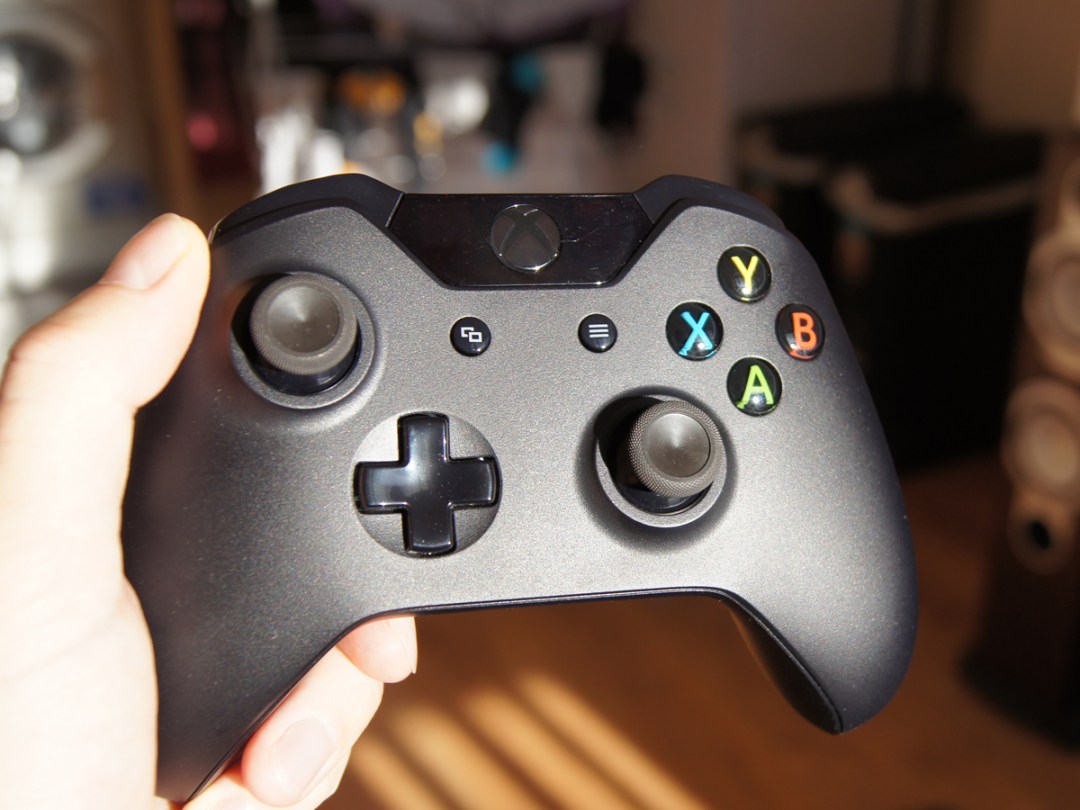


The Xbox 360 pad, loved so much that even hardcore PC gamers have been known to plug it into their rigs, is no more. But fear not, the One pad that replaces it is very similar.
In terms of size and weight it’s almost identical, but there are some small ergonomic points of difference, including a move of the Xbox Home button to an extended section at the top, a recessed d-pad, smaller thumb-rests on the analogue sticks and a battery compartment that doesn’t protrude from the back as it did before.
There are niggles, though – to us those thumb pads seem too small, the d-pad feels rather cheap and clicky, inserting AA batteries into a controller feels decidedly last-gen (is a bundled Play & Charge kit too much to ask?), it rattles when shaken, and over time we’ve become rather annoyed by the hard edges where the plastic panels meet. It’s largely the same controller as before, but it feels a bit cheap compared to the PS4 pad.
But there are also some improvements. The triggers and shoulder buttons are curved more comfortably, and Microsoft has upped the ante in terms of vibration – there’s even haptic feedback in the triggers themselves.
There’s always been a hefty dose of subjectivity to the discussion over whether the Xbox or PlayStation controller is “best”, and this generation it’s a closer fight than ever. Sony has closed the gap in terms of ergonomics and accuracy, while also adding a touchpad to a tech recipe that already included a motion sensor – on paper it certainly seems the more advanced pad, and in the hand it feels that little bit more premium. Having said that, to those migrating from Xbox 360 the Xbox One pad will feel totally ‘right’, and the localised vibration is a fun and occasionally very useful addition.
Operating system: a slightly cluttered dashboard
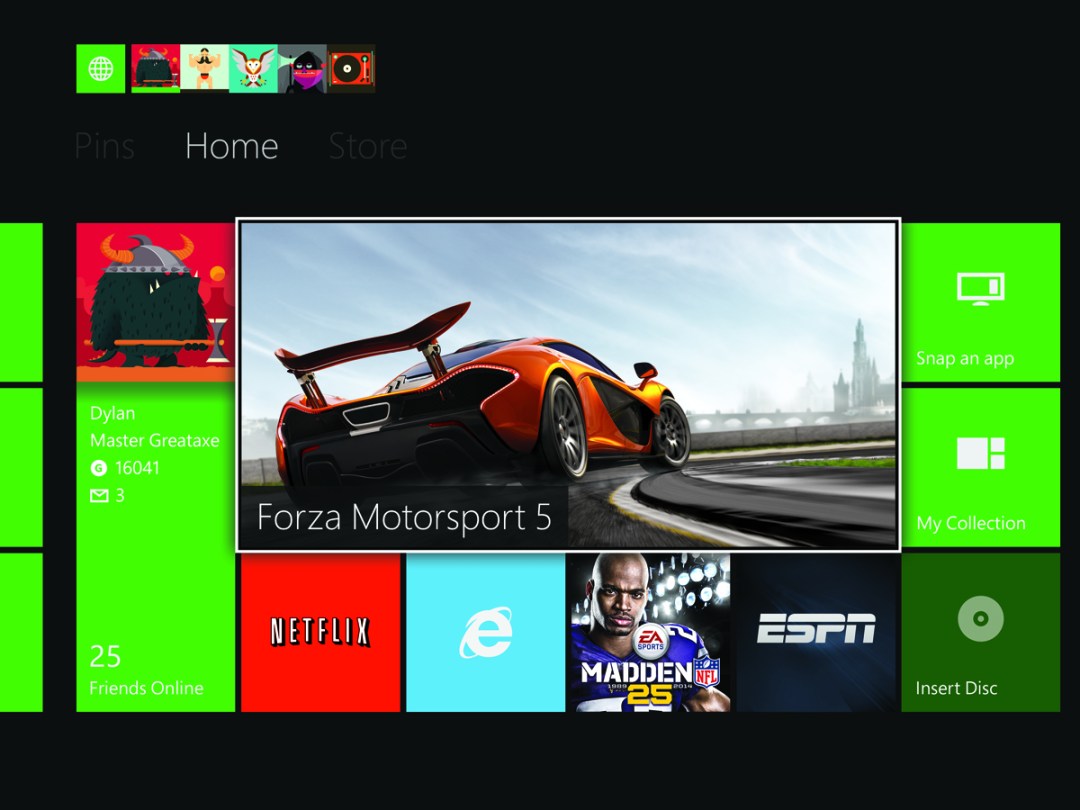

Sitting somewhere between the Xbox 360 dashboard and the Windows 8 Metro interface, the Xbox One UI is clean, colourful and… a little confusing. The endless panes of the 360 have been stripped back to just three: Pins on the left, where you can keep your favourite apps and games ever ready, Store on the right, which is pretty self-explanatory, and Home in the centre.
Home is a difficult place to settle into at first. The last thing you had open takes up the large centre image, while the four underneath are also ordered by how recently you accessed them and the one to the right of that represents the disc that’s in the drive.
With these tiles constantly shifting as you switch between apps and games it can prove a little tricky to keep up, and it’s not helped by the fact that all of the system apps (Settings, TV, Store, etc) are represented by the same (user-selected) colour and a white logo, making them all look too similar for instinctive navigation. A game appearing in the recent activity tiles as well as the disc drive tile also seems a bit of a waste, especially as Xbox Movies you watch don’t appear, meaning you have to delve back into the Store to resume whatever you were watching, even if you’ve bought it.
And talking of the Store, there are some weird issues here, too. Try using the One’s global search function to find Destiny. You’d have thought it would take you to game page where you could at the very least watch trailers and probably pre-order the game for download on the day of launch. Alas, that game page doesn’t exist, the One doesn’t yet support pre-orders of digital editions, and no trailers or other game information is turned up. It’s almost like the game doesn’t exist, but is made all the more weird by the fact that there’s a trailer for the game on the console’s Home screen. Think that’s just Microsoft marginalising a game that’s launching with exclusive PS4 content? Try typing in “Advanced Warfare” or “Quantum Break” and the result is the same.
Kinect: from cornerstone to marginalised accessory

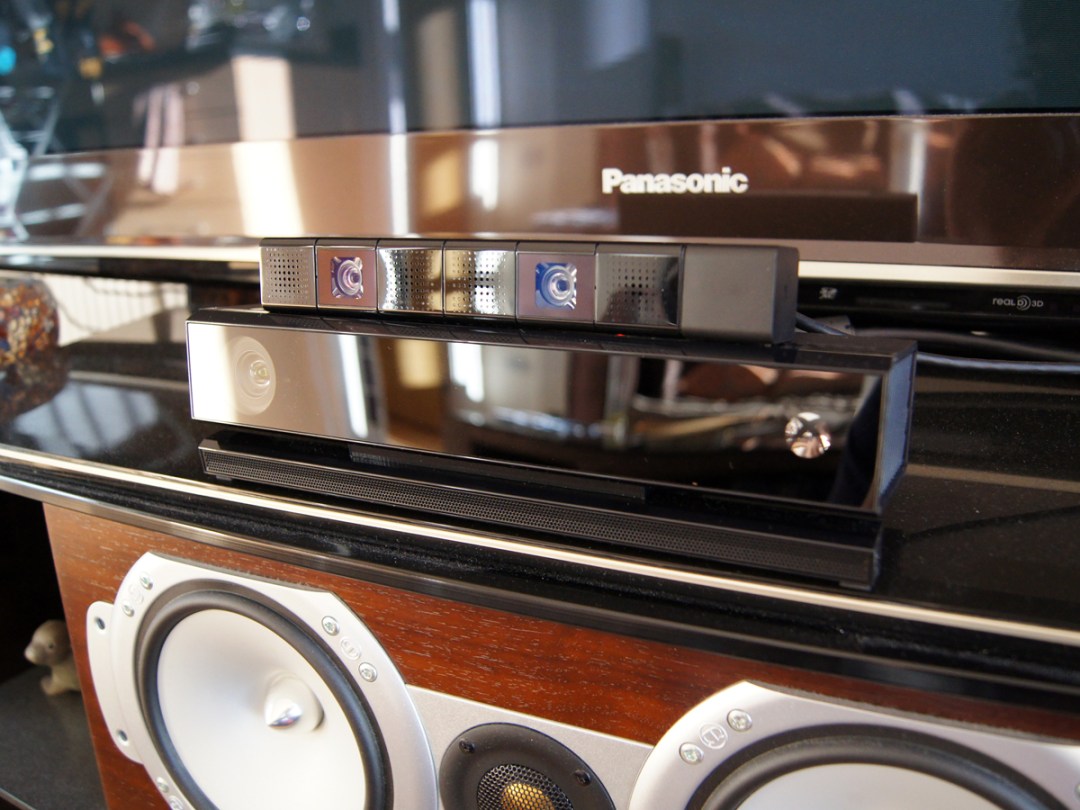

Now here’s the big change: Kinect, touted by Microsoft as an absolutely key component of the One’s very existence, has been unbundled from the package. So should you buy one now that it’s merely an accessory? Probably not.
Over the last eight months we’ve barely used ours, and given that Microsoft has now introduced new controller shortcuts that are actually much quicker than the mostly-correct-but-occasionally-annoyingly-inaccurate Kinect voice and gesture commands, there’s even less reason to get it.
There haven’t been any particularly compelling Kinect gaming experiences, either, and those few developers who had such games in development will be seriously rethinking their plans now that the install base of Kinects can’t be relied upon. Perhaps an amazing app or game will appear in the future that will bring Kinect back into the light, but we wouldn’t hold our breath.
If you’ve already got a Kinect you may as well keep it set up for those handy features such as automatic login via face recognition – it can even log in a number of players at once and automatically switch priority by working out who’s holding the controller. It also gives you one of the best Skype experiences we’ve ever, umm, experienced, automatically panning and zooming to keep you in shot and producing crisp video and audio.
TV, TV, TV

It may have upset the thoroughbred gamers out there, but for a good number of people seeing Xbox control cable TV through voice commands during the announcement press conference was pretty exciting. It was a huge disappointment then, that this other huge new feature of the One was so underbaked for the UK at launch. Now, though, Microsoft has mostly finished the cooking.
It all starts with HDMI pass-through – you plug your Freeview, Freesat, Sky or Virgin PVR into the HDMI input, and then plug the Xbox into your TV or AV receiver as normal. Hey presto, you can now watch your TV through the console dashboard. You can even set the Xbox to turn on your PVR, TV and amp automatically at start-up, ushering in the dream scenario of walking into a room and having all of your kit turn on with a two-word utterance of “Xbox on” – assuming you kept your Kinect, of course. A long press of the Xbox button on the pad will have the same effect if not.
If you’ve got a relatively simple setup in your lounge it’s awesome, but it’s worth remembering that while the Xbox can be taught the remote codes for all of your equipment there are only certain functions it can perform – switching inputs is not among them, so if your TV or AV amp start-up to an input other than the one your Xbox is connected to you’re going to have to dig out the old zapper.
But at least we do now have the OneGuide in Blighty. This fully integrates your PVR into the Xbox One UI, and gives you an Xbox-style version of your PVR’s EPG. Testing it with Sky is initially exciting – the OneGuide is simple but actually much quicker than Sky’s own EPG, and clicking on a program sends the relevant three-digit channel code to your Sky box via IR with real accuracy. There doesn’t appear to be any loss of sound or video quality when using pass-through, and the earlier stutter issues caused by non-PAL refresh rates have gone.
But there are issues. Recording isn’t supported, and there’s no way to access Sky’s other menus through the OneGuide. Want to browse your recordings or the vast amount of on-demand content that Sky has to offer? You’ll be reaching for the old Sky remote then.
That rather undermines the whole feture, really, and you’ve got to ask yourself whether routing your PVR through the Xbox UI is a good idea if you share your TV with non-gamers anyway.
If you are the only person who uses your TV, there’s still only really one major advantage to the OneGuide, and that’s that you can multi-task using the Snap feature. However, there are some issues there, too…
Multi-tasking in a Snap
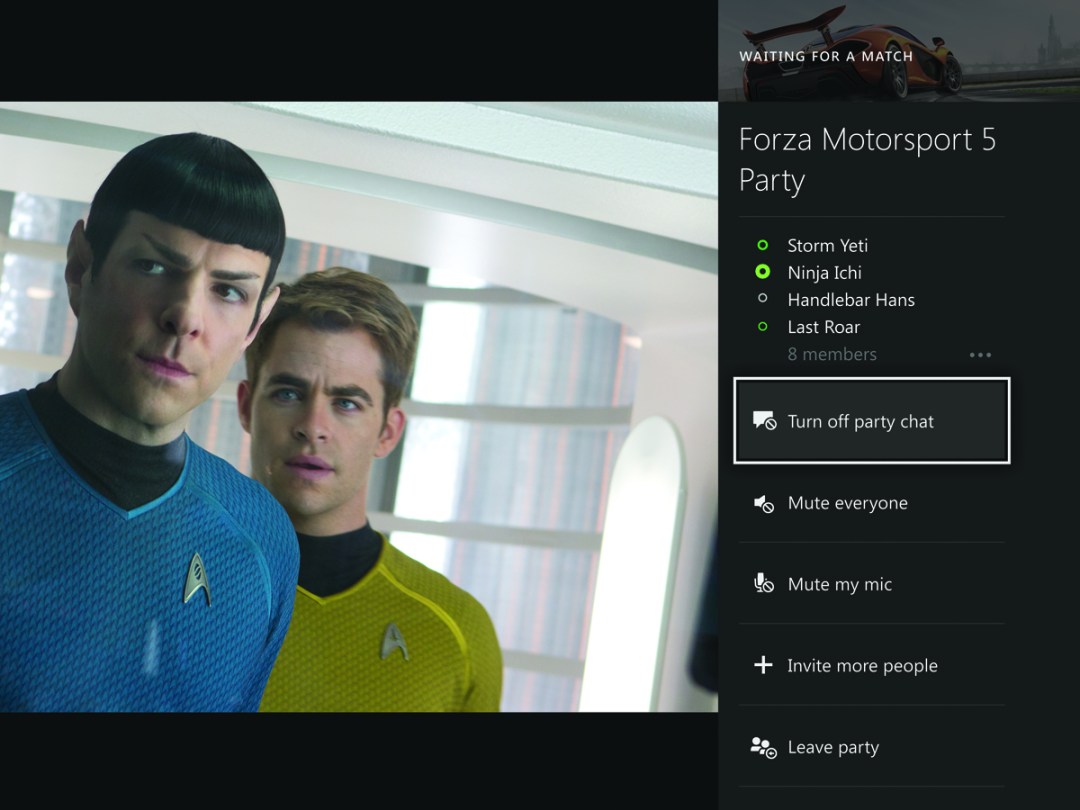
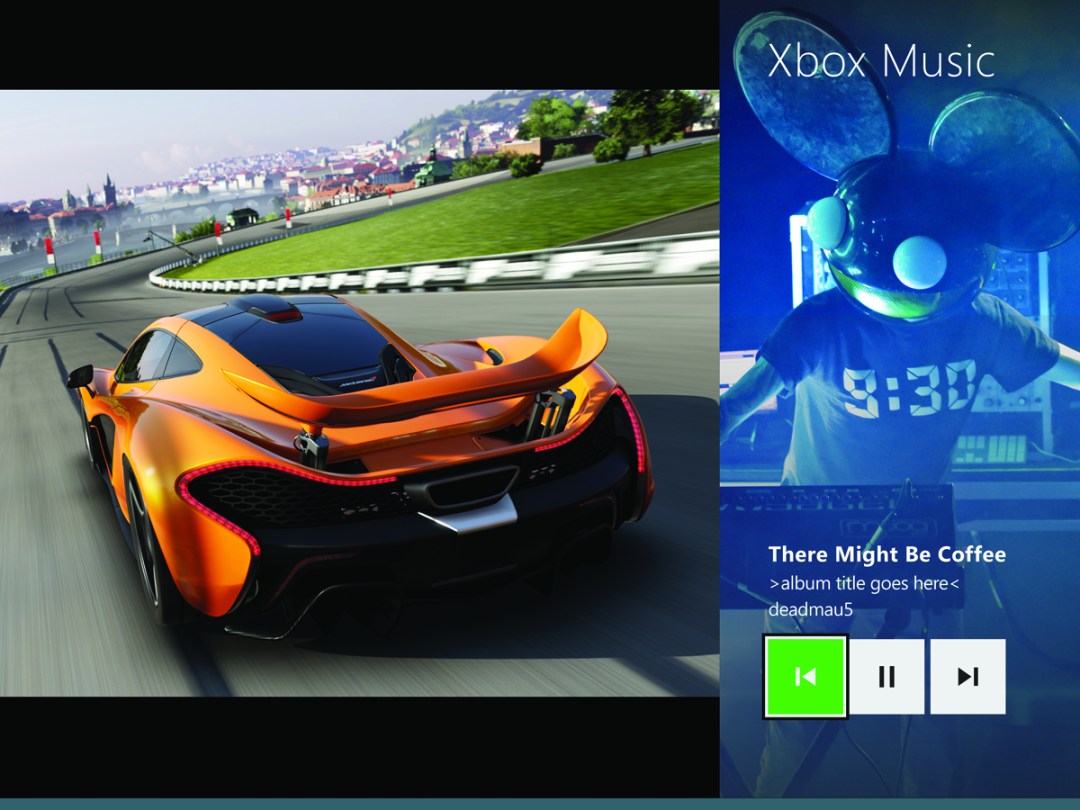
Snap is the Xbox One’s picture-in-picture tech. At any time, while doing anything, simply say “Xbox, Snap…” followed by the name of any of the console’s Snappable apps and it will appear in a column on the right-hand side of the screen. There’s now a controller shortcut for this, too – a double-tap of the Xbox button. Guess what? That’s even quicker than the Kinect command.
Playing a game and want to see what the football score is? “Xbox, Snap TV”. Watching TV and want to see what your friends are up to? “Xbox, Snap Activity”. And when you want to go back to just the one app, simply say “Xbox, unsnap” or return to the dashboard and click on the Unsnap icon.
Not every app is Snappable, but a good bunch are, including the Game DVR and Xbox Music. In fact, using Snap is the only way to play Xbox Music while gaming, which is rather a shame – you may well want to listen to Band Of Horses while racing cars in Forza 5, but that doesn’t mean you want to sacrifice a portion of your screen to pictures of the hairy chaps. Alas, that’s the only way to do it.
The Snap feature now has independent volume control for the two apps you’re running. That’s a big improvement on having both blaring at you at the same volume as before, but it’s still not ideal as you have to go back to the dashboard and into settings to make adjustments, so you can’t hear the changes as you make them, and even then it’s a simple sliding scale of priority. How about simply prioritising whichever screen is currently selected and muting the other, so that you can concentrate on a game but quickly flick to the snapped TV app when a goal is scored or something? Or even in-app, on-the-fly volume control? Is that too much to ask?
There’s now a Snap mode for achievements, and those who like to hunt down every last one will find it very useful, because as well as giving you info on the achievement you’ve just unlocked, clicking on one you’re yet to get does an immediate web search for help on getting it. It’s brilliantly quick – even more so than using the phone sitting next to you.
Putting Snap to one side, switching between apps on the fly is very quick and easy. If you’ve already opened the app you want at least once in this session it’s practically instantaneous, although you have to wait a few seconds for it to initialise if not. Game progress is automatically paused while you mess around with other apps – go back to it and it’ll instantly resume wherever you left off.
Don’t forget the games
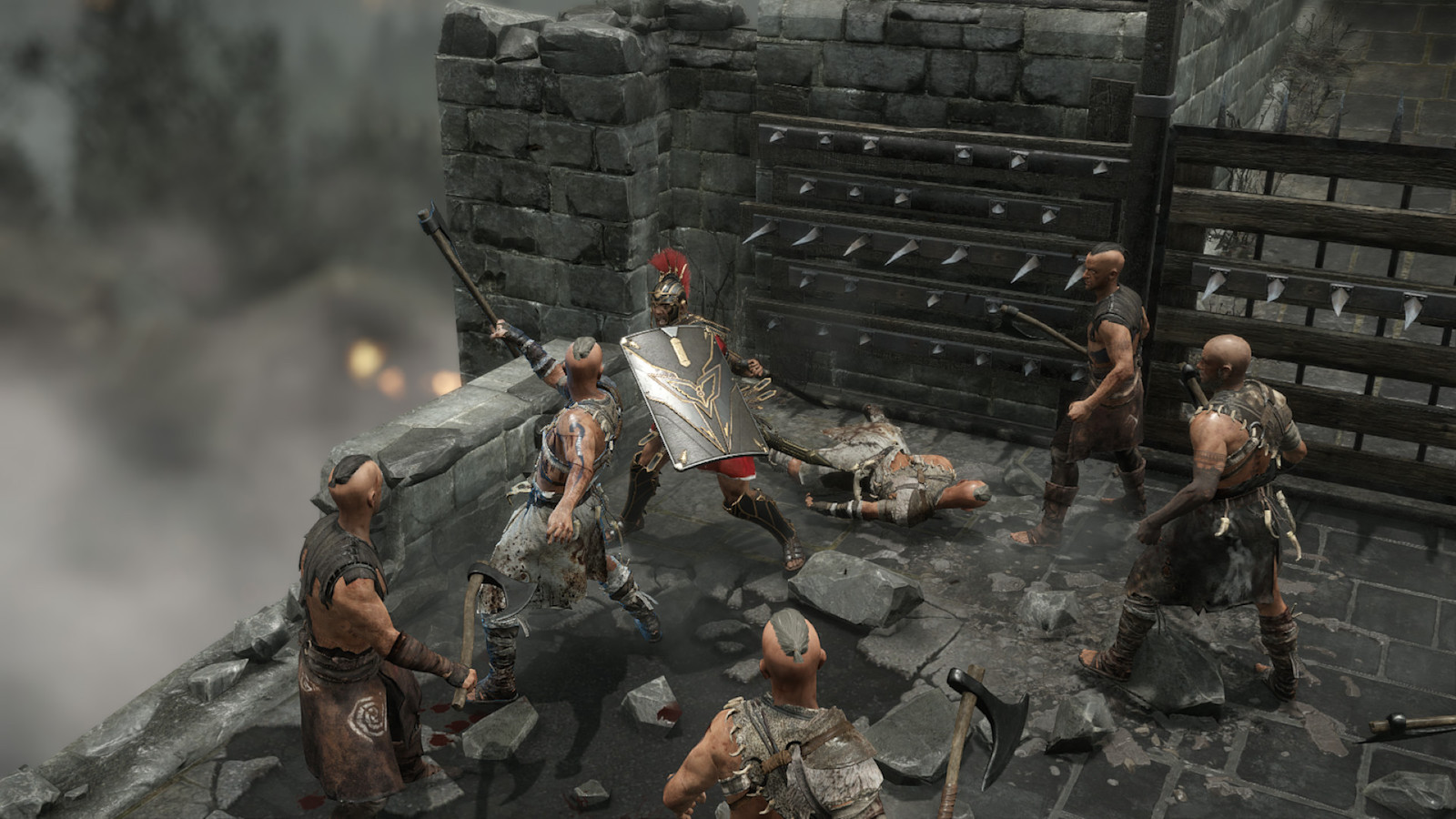
Lest we forget, this is still a games machine first and foremost, and like Sony, Microsoft has been putting plenty of thought into how that should work for this new generation. Its DRM-like, constantly connected authentication system was binned after the post-announcement outcry, but you do install all games to the Xbox One, as you do with PS4.
Disc-based games begin installing as soon as you slot them into the drive, but some games can be played before the process is complete. The 55secs it took for the PS4 to have Killzone ready to play is still the benchmark, though – on Xbox One we waited nearly 4 minutes for Zoo Tycoon to be playable, and 7 minutes for Forza 5. Ryse was “Ready to Start” in just under 2 minutes, when just 3% was installed, but it turned out that only applied to the menu screens – actually starting a game took us to an installation page and it was in fact over 8 minutes before we could play. Now that’s just cheating.
A recent install of Titanfall took an age, too. 1min21secs to even begin (presumably because there was also a game update that needed to be cued up), and then we had to wait for the entire game to be installed before we could start playing, and that took a painful 17 minutes. Now that’s not very next-gen.
One issue that has been sorted is that you can now manage your Xbox One’s storage yourself. Pop into the My Games and Apps section and you can see what percentage of your 500GB HDD is currently in use and delete anything you’re no longer playing.
Would you rather expand your storage than delete stuff? That’s now very easily done, thanks to support for external hard drives via USB. 2TB external drives can be had for as little as £60 these days, and the use of USB3.0 means there’s no data-transfer choke point. The new storage is integrated seamlessly and unlike with the PS4, you’re adding to, rather than replacing, the system’s built-in storage. It may not be terribly neat having an external device dangling out of your console, but it sure is handy when you consider 40-50GB games are now the norm.
The games of right now

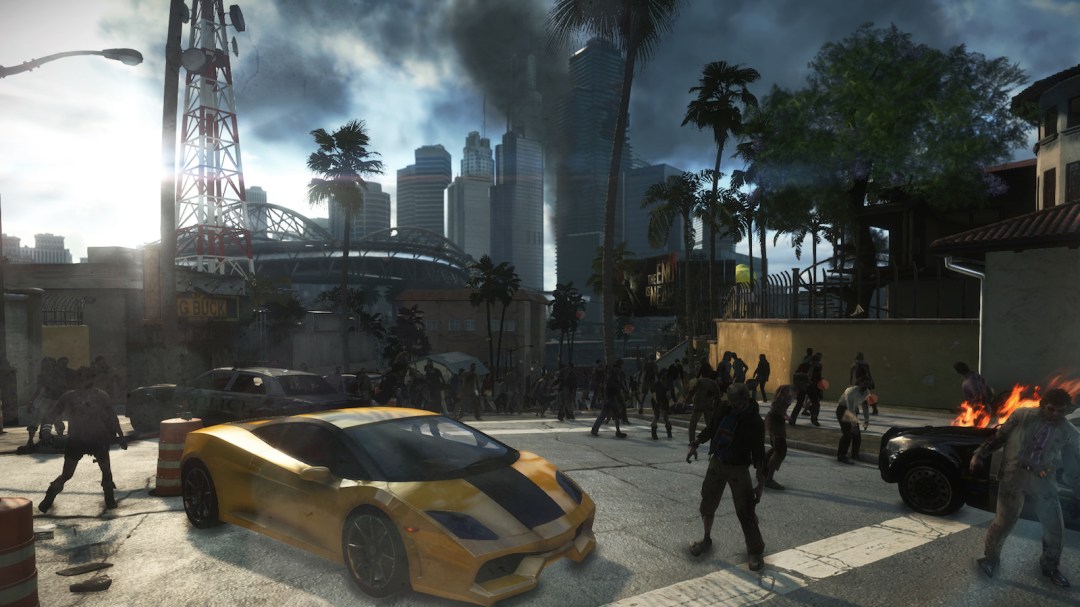

There were 59 games available to play on Xbox One at the last count, which should be plenty but is actually a long way shy of the PS4’s 96.
It’s about more than numbers, though, and most of the big hitters are available on both of the consoles, including the likes of Call Of Duty: Ghosts, Battlefield 4, Assassin’s Creed: Black Flag, FIFA 14, Watch Dogs, Need For Speed Rivals and Wolfenstein: The New Order. Unfortunately, a good number of these run in a higher resolution on PS4 than Xbox One, which is a bitter pill for gamers expecting the next-gen experience to swallow, even if the games still look and play great when tackled in isolation. At least it’s a problem that’s on the way out, thanks to the unbundling of Kinect freeing up a performance boost for game developers.
And let’s not forget the exclusives that are already out there. Dead Rising 3 and Ryse are more solid than truly brilliant, but the PS4 still doesn’t have a driving game to rival the Xbox One’s Forza 5, and Titanfall offers one of the best multiplayer gaming experiences of the last few years.
It does feel as though Sony is currently winning the indie game battle, but there are a couple of Xbox One exclusives that are well worth your time, including Halo: Spartan Assault and Max: The Curse Of Brotherhood.
READ MORE: Titanfall review
The games of the future
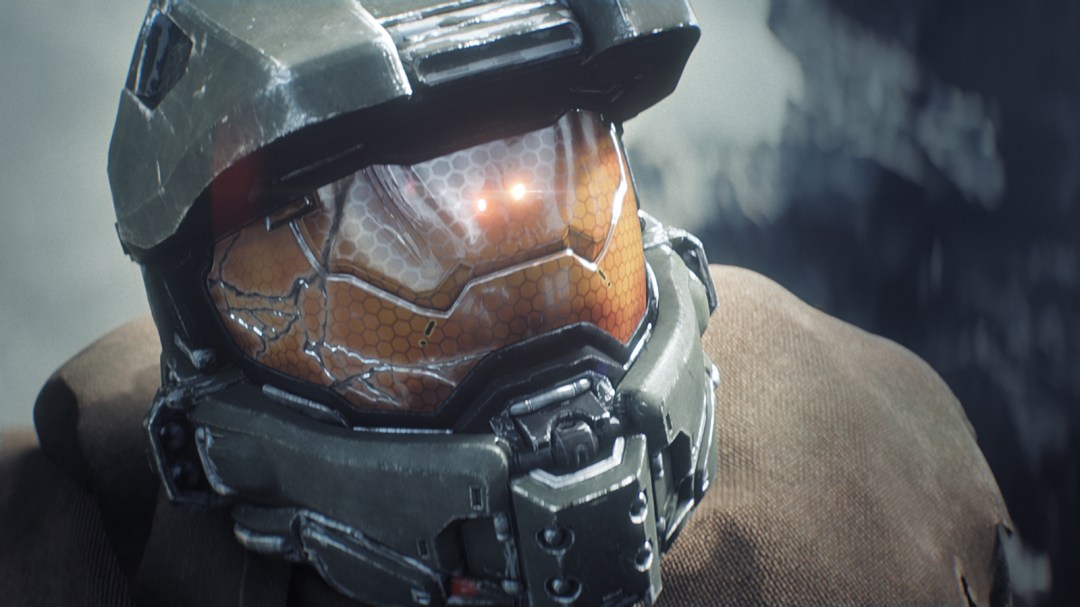
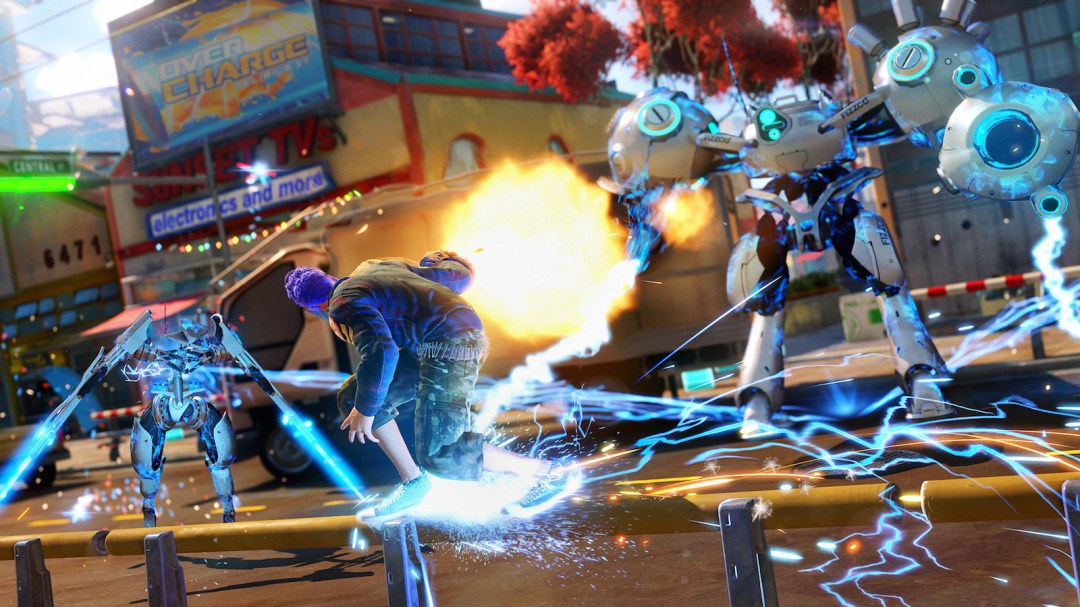
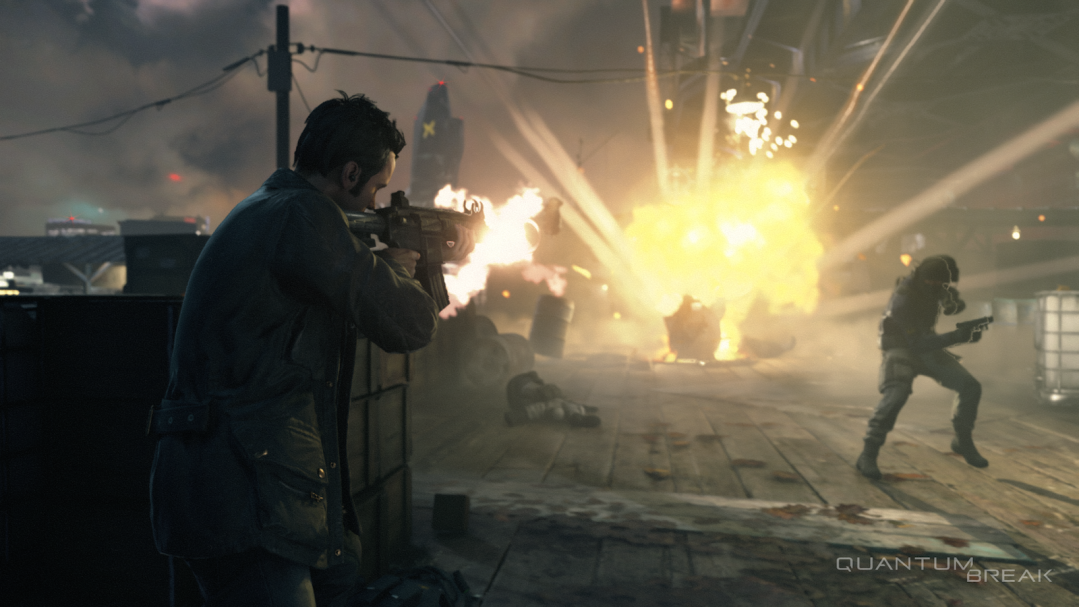
Eight months in, and the gaming floodgates are finally about to open – we’re all going to get drenched in next-gen gaming awesomeness in the run-up to Christmas, and there’s lots to be excited about after that, too.
Call Of Duty: Advanced Warfare, Battlefield Hardline and Assassin’s Creed Unity all look like proper revolutions for their respective franchises, while FIFA 15 is prettier and smoother than ever and next-gen GTA 5 will give everyone an excuse to revisit Los Santos.
Then there are the completely new titles – Middle Earth: Shadow Of Mordor, Alien Isolation, The Evil Within, Evolve, The Crew and Project Cars.
All of these games are going to be available on both the Xbox One and PS4, though, and many an Xbox gamer is moaning that the PS4 version of the massively anticipated Destiny is getting a whole load of extra content.
Two can play that game, though, and the Xbox will be getting Call Of Duty: Advanced Warfare DLC first.
Microsoft’s also got one over on Sony by announcing that Rise Of The Tomb Raider will be available only on Xbox, at least initially. A big third-party exclusive like that is ridiculously rare these days, and it comes on top of a bunch of exciting first-party exclusives, such as Quantum Break, Sunset Overdrive, Forza Horizon 2, Crackdown, Ori And The Blind Forest, and the extremely intriguing Project Spark.
And let’s not forget Halo, which gets the Master Chief Collection of remasters this year and Halo 5: Guardians in 2015.
The future’s looking very bright on the Xbox One games front. Brighter than the PS4? We’ll have to wait until those games are actually playable to find out.
Upcoming games in detail
Online: how to make friends and follow people

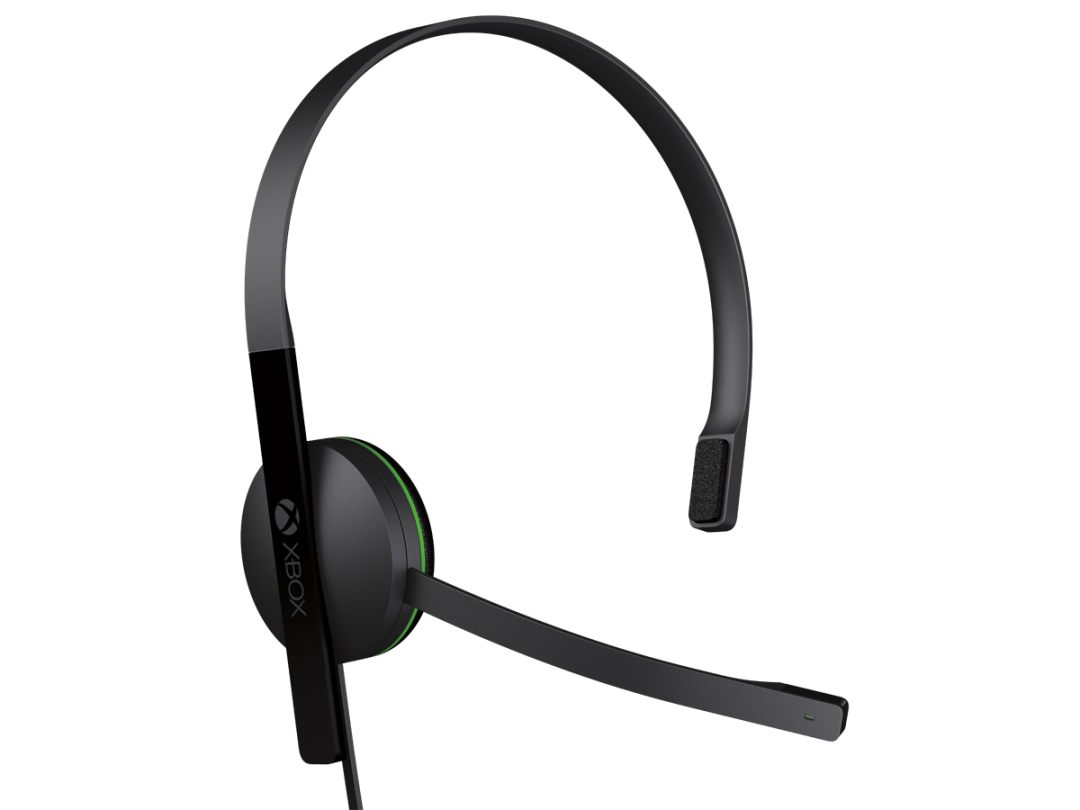
Already extremely robust on 360, the Xbox Friends system has been fairly heavily modified for Xbox One. One of the biggest changes is that you can now add anyone as a Friend to immediately get updates on their activity (assuming their privacy settings allow it), but to them you’ll appear as a Follower unless they also add you as a Friend. It’s like the old system with a bit of Twitter thrown in.
It’s easier to connect with the people you want to then, but crucially it should also be easier to avoid the foul-mouthed tykes that so often ruin an online deathmatch, thanks to a reputation system designed to segregate players with bad reputations.
And of course the scarily addictive Achievements system has been ported over to Xbox One, along with your existing Gamerscore. Challenges are being introduced, too, so that specific goals can be set for individuals or the community at large to work towards – a nice idea that seems to have been borrowed from Bungie’s Halo series.
Less of a nice idea is Achievements awarded for non-gaming activities, such as watching a movie or listening to a song. Thankfully these don’t add to your Gamerscore, which would just be weird.
As with the PS4, pretty much all disc-released games are available for download from the Xbox Store, either directly through the console or through the website or companion app (SmartGlass), and as with the PS4, they’re outrageously expensive. You’ve got to be seriously lazy or impatient to pay £60 for the download of Watch_Dogs when the disc is £43 from Amazon. This really needs sorting.
As mentioned earlier, pre-ordering digital versions of games isn’t yet supported through Xbox, but is said to be on the way. Hopefully at that point we’ll also get game pages so that trailers for unreleased games are easier to find.
And Microsoft has also taken a leaf out of Sony’s book by introducing free games for those who pay the £40 annual subscription to Xbox Live Gold. Games With Gold gives every member the opportunity to download two free Xbox One games (and one Xbox 360 game) for free each month. The games made available so far haven’t exactly been the cream of the crop, but hopefully once the back catalogue expands, the quality of free games will improve.
Watching movies
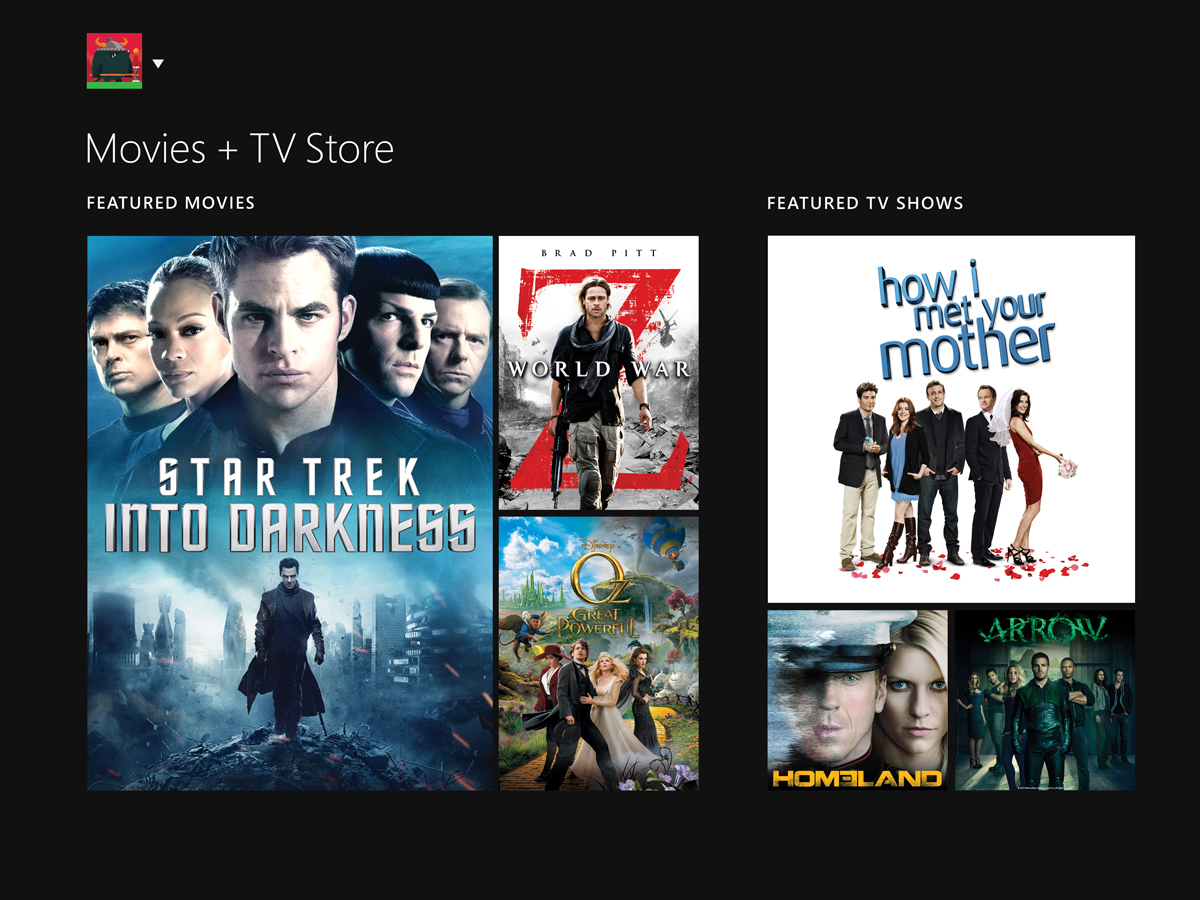
To be a successful hub of all lounge-based fun, a modern console needs to do much more besides games, and on top of the hit-and-miss PVR integration previously discussed, there are a bunch of apps that deliver stuff to watch when you’re not gaming.
There’s support for Blu-rays though the Blu-ray app, which plays in 1080p with support for Dolby True HD and DTS HD Master Audio – although these aren’t output natively, so you’ll want to choose PCM to get them sounding their best. Plus, if you’re the kind of person who gets a kick out of this sort of thing, you’ll also love the built-in picture calibrator, which is an extremely thorough way to get your TV looking its best.
There are lots of streaming apps, too. Xbox Video has a massive selection of movies available to rent and buy on-demand. Even films that are bought are streamed rather than downloaded, with the One dynamically scaling picture quality to match your broadband speed, but while there’s touch too much judder for them to be mistaken for Blu-rays, the overall quality is high.
Then there’s the evergreen on-demand suspects – Netflix, Amazon Instant Video, Sky’s Now TV and YouTube. iPlayer is still missing but due at some point this year. Sky Go is also missing from the Xbox One, which is odd considering it is on Xbox 360 and has been confirmed as being on the way to PS4. Crucially, all of these media apps are available whether you subscribe to Xbox Gold or not.
Making movies
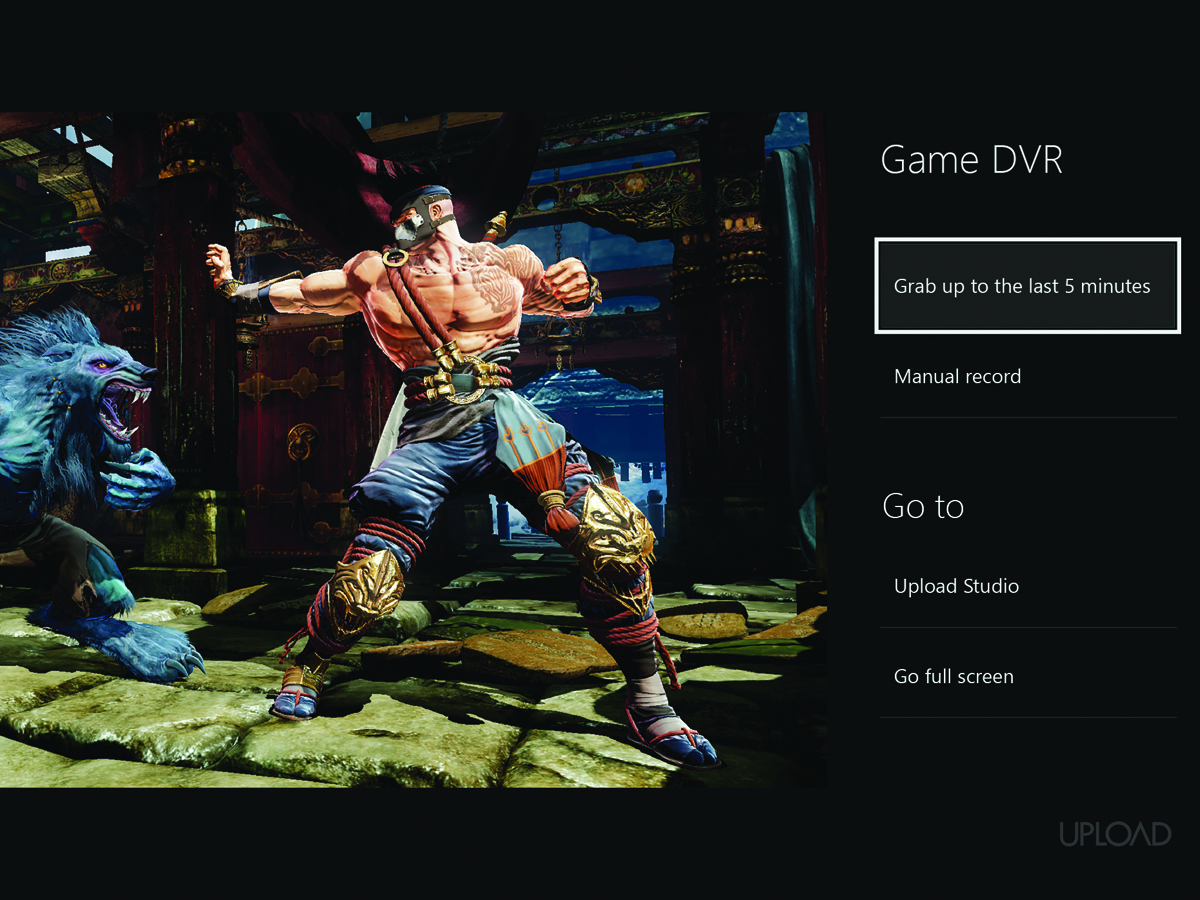
As with the PS4, the Xbox One is constantly recording as you play. Clips are saved in two ways – automatically when you do something special in a game (usually it’s unlock an Achievement), and manually by saying “Xbox, record that” or snapping the Game DVR app while you play. These clips are then made available in the Upload app, but the onus is on you to then go into the app and save the clips you want to keep – otherwise they’re deleted to make room for more further down the line.
Using the Upload app you can also edit and share your photos, including sending them to SkyDrive, where they’re stored as a 720p MP4 for further editing and sharing however you see fit. As of March this year you can also broadcast gameplay live using Twitch. Simply say “Xbox, broadcast” if you’re using Kinect or open the Twitch app if not, and whatever you’re playing will be streamed to the internet for every other gamer to watch and comment on. I’m sure they’ll be nice…
Verdict
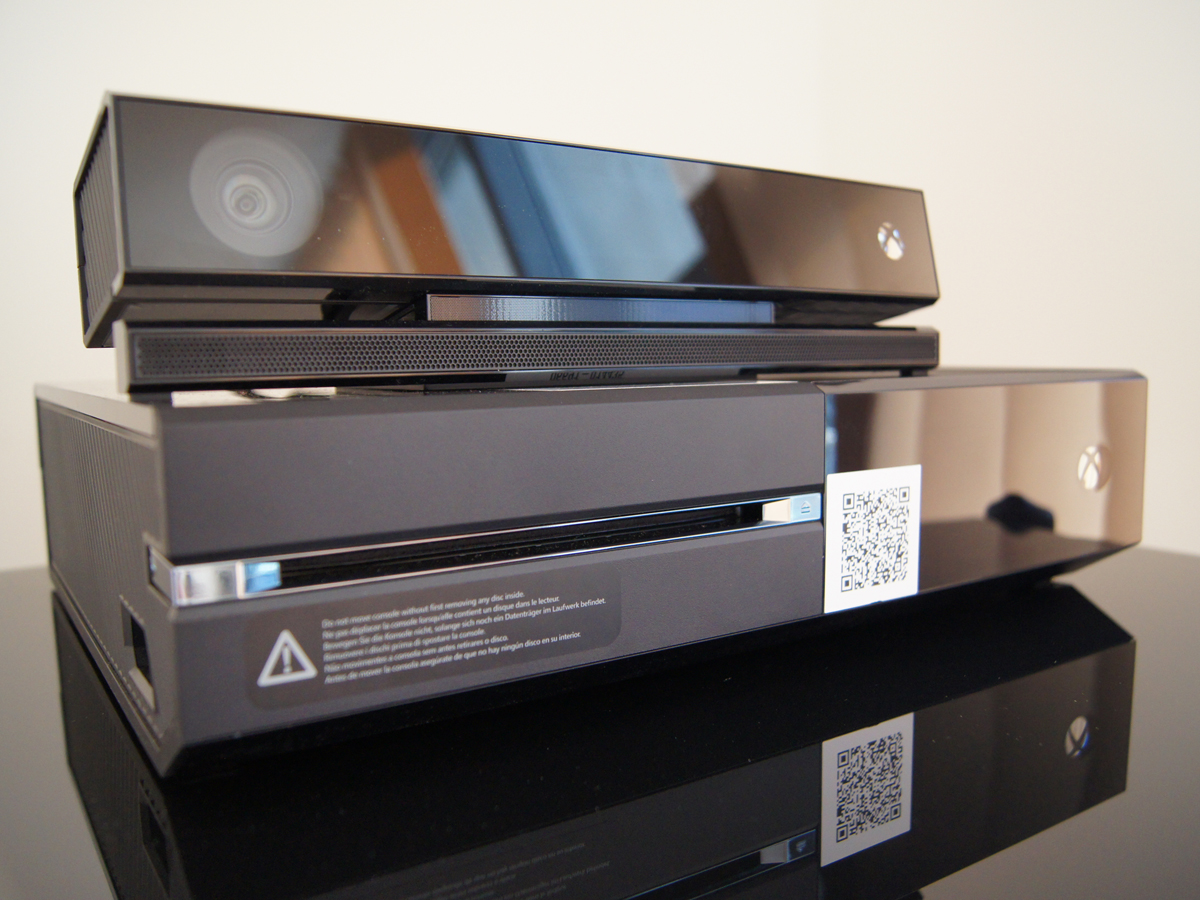
The Xbox One has changed dramatically since it launched in November 2013. Simply put, Microsoft had bitten off more than it could chew and the console at launch felt decidedly unfinished.
There are still issues with it – for instance the TV integration and Snap multi-tasking aren’t where they need to be for gamers to embrace them wholeheartedly, and that’s a big shame.
But now that the price is the same as that of the PS4, that’s much less of a problem. You might not be gaining much from their inclusion, but you’re not losing, either.
And it’s all thanks to Kinect coming out of the package. It’s sort of a shame in one respect, as Kinect was what made the Xbox One different and more ambitious, and the technology involved is seriously impressive. There’s a feeling that if Microsoft had properly refined it before launch and supported it with better games it could have won people around, but it’s hard to see a way back for the camera accessory now.
So on the one hand the Xbox One is a less ambitious and more conservative console than was originally intended, but on the other that’s allowed Microsoft to focus on the core gaming experience, and that puts it in a far better position to fight the PS4 in the future.
For us the PS4 is still just about in front – right now it’s got more games, many of which run at a higher resolution, more video apps, a nicer UI and a sleeker design – but the Xbox One is now very much in the fight. Let the comeback begin.
More like this: Xbox One will allow trade and play of used games – but you may have to pay a charge
Stuff Says…
There are still niggles, but the newly Kinect-less Xbox One is a better, more focused games machine
Good Stuff
Solid line-up of games
Kinect-less console is cheaper and more powerful
Occasionally useful multi-tasking and picture-in-picture
Bad Stuff
Flagship features still have flaws
A big, inelegant box



